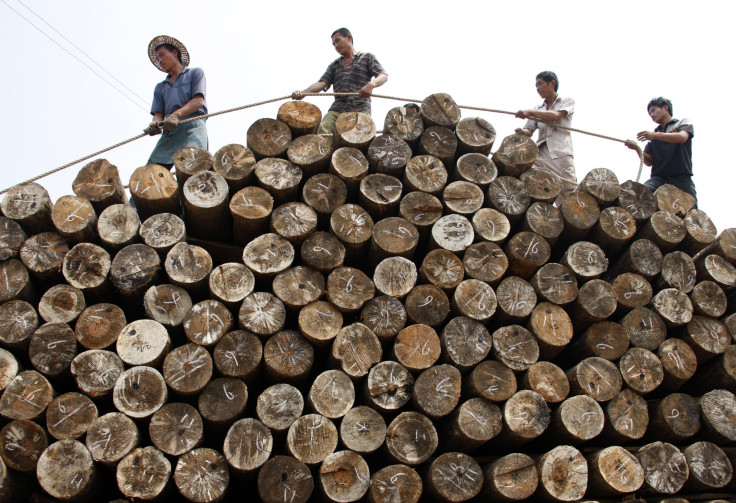Apple Inc. Unveils Environmental Initiatives In China, Pledges To Protect 1 Million Acres Of Sustainable Forests

More of the paper packaging enshrouding each Apple Watch and iPhone will come from sustainable forests, Apple Inc. said Monday. The California technology giant announced a project to protect forests in China from rampant logging and irresponsible timber harvesting.
Working with the World Wildlife Fund, Apple said it will ensure up to 1 million acres of working forests -- which provide fiber for pulp, paper and wood products -- are managed responsibly and sustainably. The initiative is part of Apple’s broader effort to boost its renewable energy use and limit its environmental impact in the countries where Apple products are produced and consumed.
“Forests, like energy, can be renewable resources,” Lisa Jackson, Apple’s vice president of environmental initiatives and former administrator of the U.S. Environmental Protection Agency, said in a statement. “We believe we can run on naturally renewable resources and ensure that we protect, and create, as much sustainable working forest as needed to produce the virgin paper in our product packaging.”
The forestry project comes weeks after Apple launched its first utility-scale solar project in China. The tech firm is partnering with SunPower Corp., one of the world’s largest solar panel makers, to build two 20-megawatt solar farms in Sichuan Province, which are expected to start producing power in the fourth quarter this year. When completed, the solar projects will generate enough electricity to power for 61,000 average Chinese homes for a year.
Apple CEO Tim Cook said the company plans to develop more renewable projects at its manufacturing facilities in China. About 87 percent of Apple’s global operations run on wind, solar and other clean power sources; the company aims to reach 100 percent in the coming years.
Apple is also investing heavily in renewable energy to power its U.S. operators and offices. Last year, the company built a 100-acre, 20-megawatt solar farm in North Carolina to keep the lights on and servers running at a new data center in the state. In February, the company said it would spend nearly $850 million to purchase electricity from a massive solar plant just south of Silicon Valley. The facility could help to power Apple’s nearby “spaceship” headquarters, which will exclusively use renewable electricity when completed in 2016.
“We’re ready to start leading the way toward reducing carbon emissions from manufacturing,” Cook said in a statement Monday. “This won’t happen overnight -- in fact, it will take years -- but it’s important work that has to happen. … We are excited to work with leaders in our supply chain who want to be on the cutting edge of China’s green transformation.”
© Copyright IBTimes 2025. All rights reserved.





















